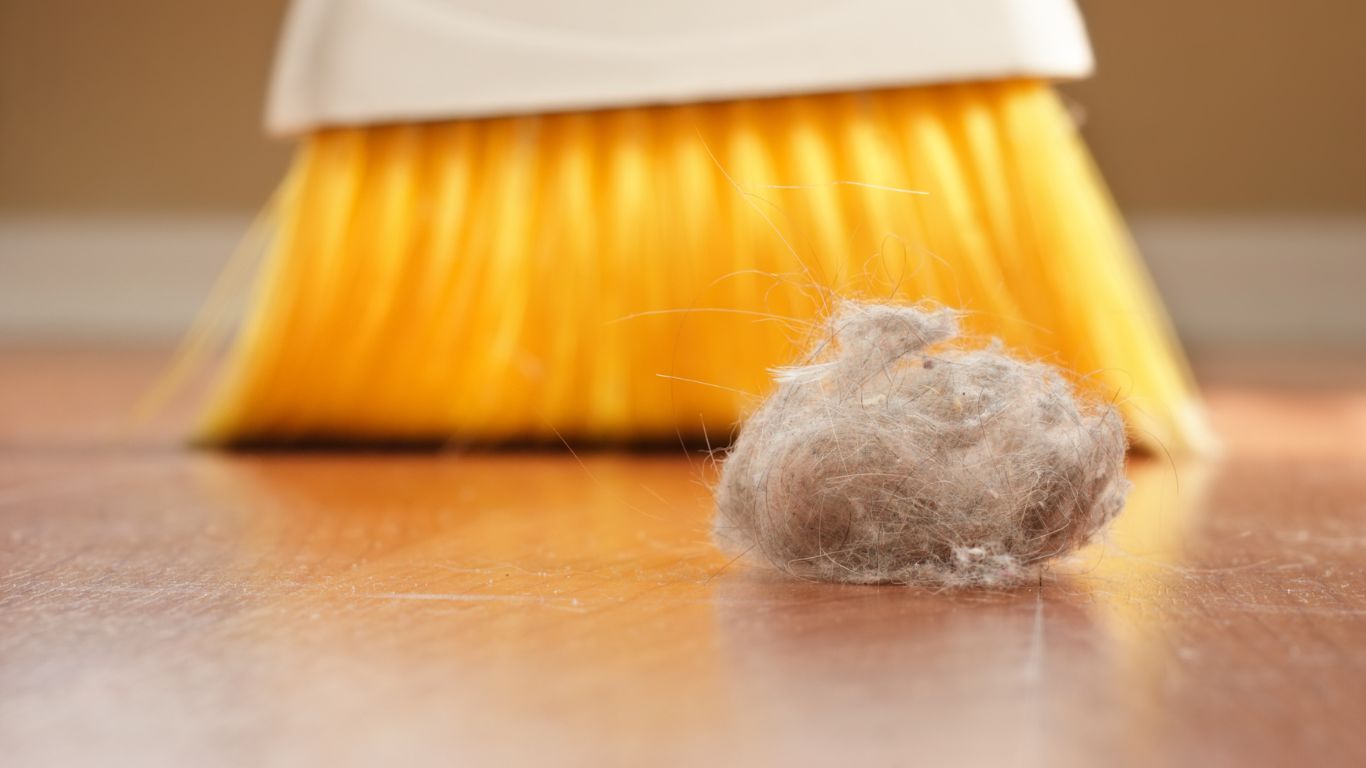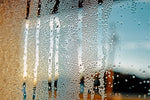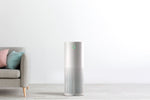Does Dust in My Home Mean I Have Bad Indoor Air Quality?

Does Dust in My Home Mean I Have Bad Indoor Air Quality?
If you’ve ever noticed a layer of dust settling on your furniture, you might have wondered: does this mean I have poor indoor air quality? While dust is a common household nuisance, it can be more than just an aesthetic issue. It may be a sign of underlying air quality problems that could impact your health.
What is Household Dust Made Of?
Dust isn’t just dirt—it’s a mix of microscopic particles that can include:
-
Dead skin cells
-
Pet dander and hair
-
Pollen and mold spores
-
Dust mites and insect debris
-
Fabric and carpet fibers
-
Cooking residue and smoke particles
Because dust can contain allergens, pollutants, and even toxins, excessive dust buildup could indicate a need to improve your home’s air quality.
Does Dust Mean Poor Indoor Air Quality?
Not necessarily. Some dust is normal in any home, but an excessive or rapid buildup may suggest issues like:
❌ Poor Ventilation – Without proper airflow, dust and airborne pollutants can accumulate more quickly.
❌ High Humidity Levels – Moist environments can attract mold spores and dust mites, worsening air quality.
❌ Lack of Effective Filtration – If your HVAC filters or air purifiers aren’t efficient, dust and allergens can circulate unchecked.
❌ Pollutant Sources Inside the Home – Cooking, burning candles, and using chemical-based cleaning products can add fine particles to the air, making dust a more harmful mix of contaminants.
Health Risks of Excess Dust
Even if your home looks clean, airborne dust can contribute to health problems, including:
-
Allergies and Asthma – Dust mites, pet dander, and pollen in dust can trigger allergic reactions and breathing issues.
-
Respiratory Irritation – Fine dust particles can aggravate lung conditions and lead to coughing or congestion.
-
Skin and Eye Irritation – Airborne dust can cause dry, itchy skin and red, irritated eyes.
How to Improve Indoor Air Quality and Reduce Dust
✅ Use a HEPA Air Purifier – A high-quality air purifier (like Jaspr) can trap fine dust particles, allergens, and pollutants before they settle in your home.
✅ Change HVAC Filters Regularly – Using high-efficiency air filters and replacing them as needed can help reduce dust circulation.
✅ Vacuum with a HEPA Filter – Standard vacuums can stir up dust, while HEPA-filter vacuums trap fine particles more effectively.
✅ Maintain Proper Humidity Levels – Keeping indoor humidity between 30-50% can discourage dust mites and mold growth.
✅ Increase Ventilation – Opening windows, using exhaust fans, and maintaining airflow can help prevent dust buildup.
Breathe Cleaner with Jaspr
If dust buildup in your home is making you question your air quality, it may be time to invest in cleaner air solutions. Jaspr Air Purifiers efficiently remove dust, allergens, and airborne pollutants to help you breathe easier.
➡️ Explore Jaspr Air Purifiers today and enjoy a healthier home environment!
Back to Blog



